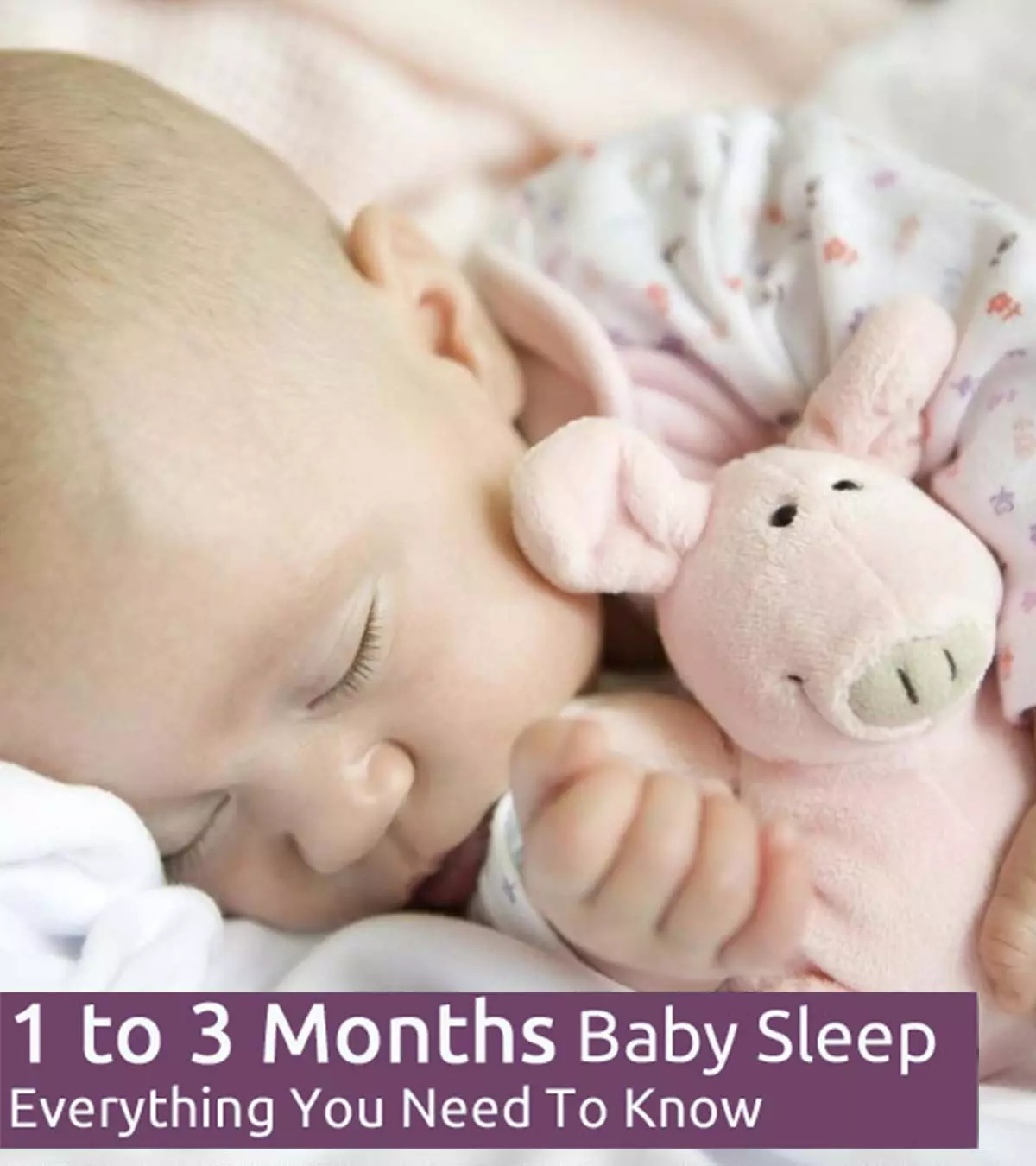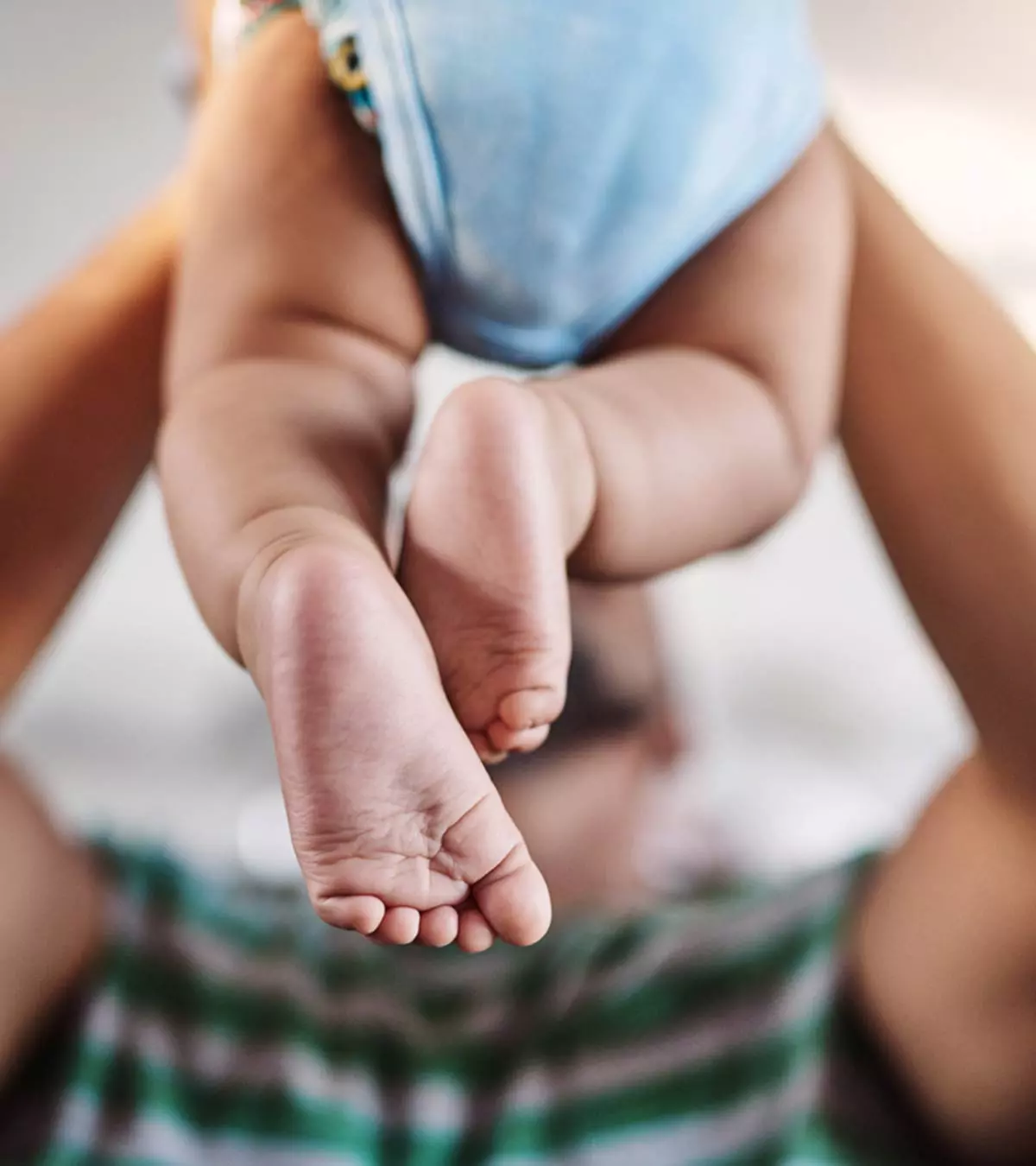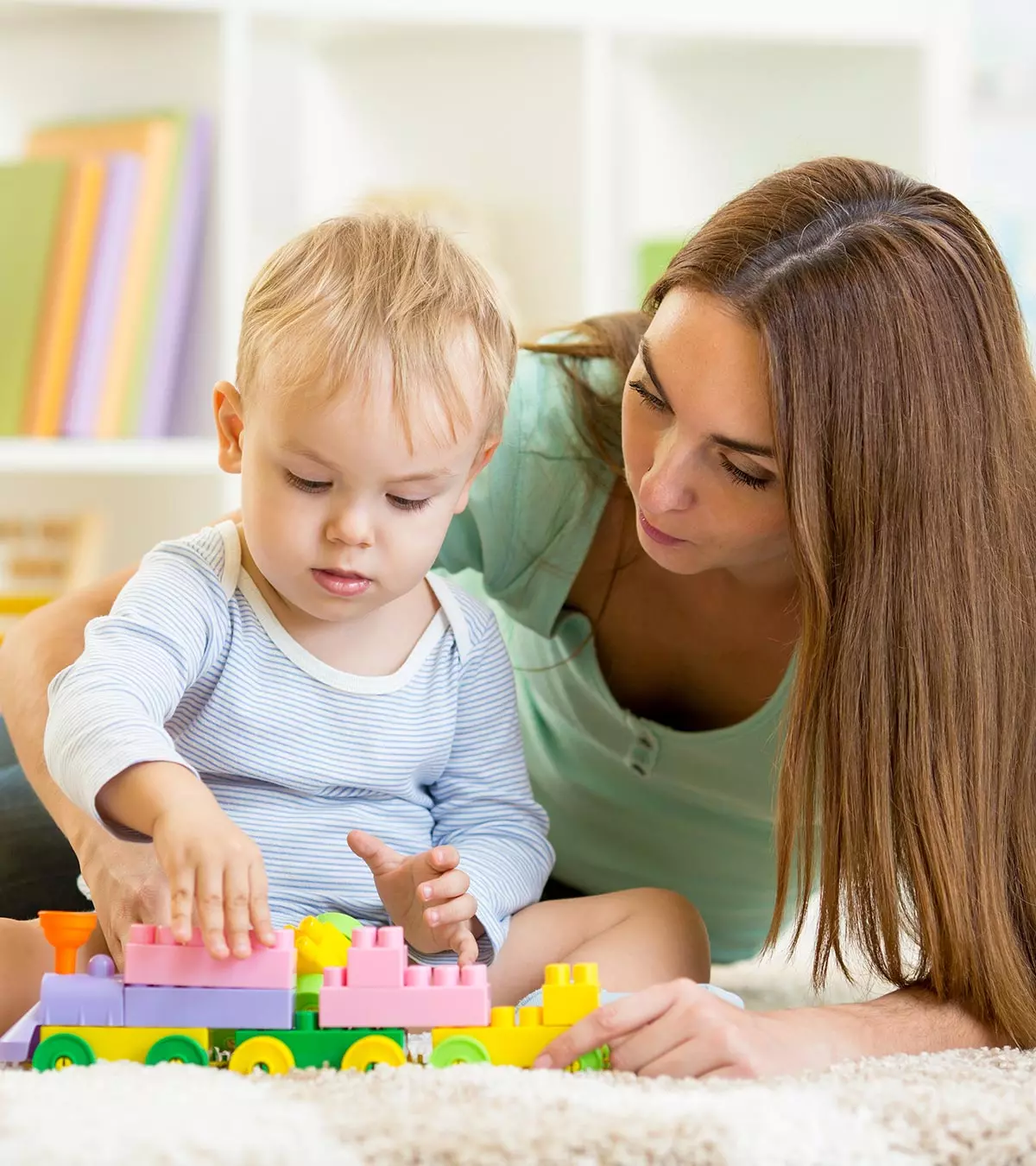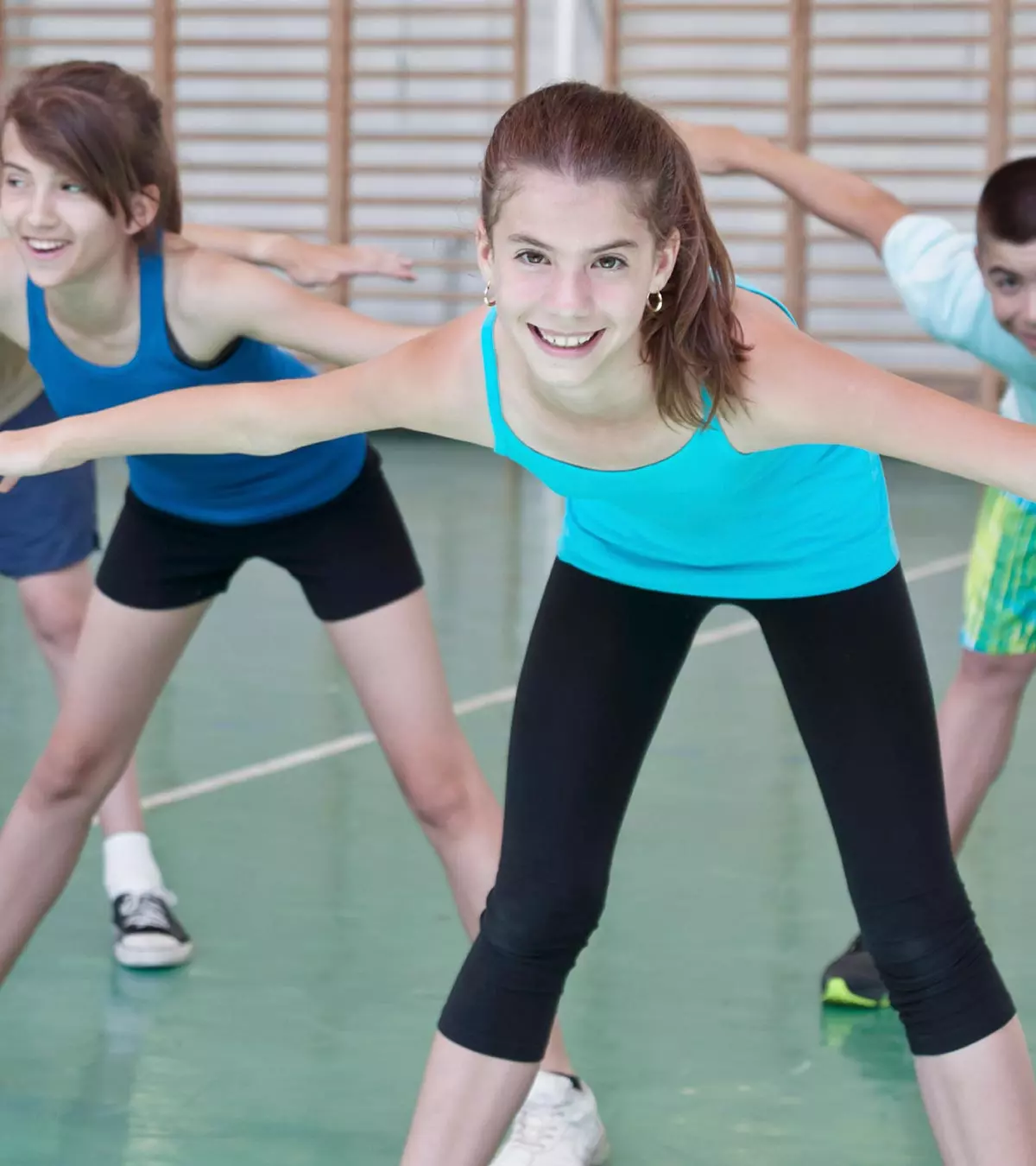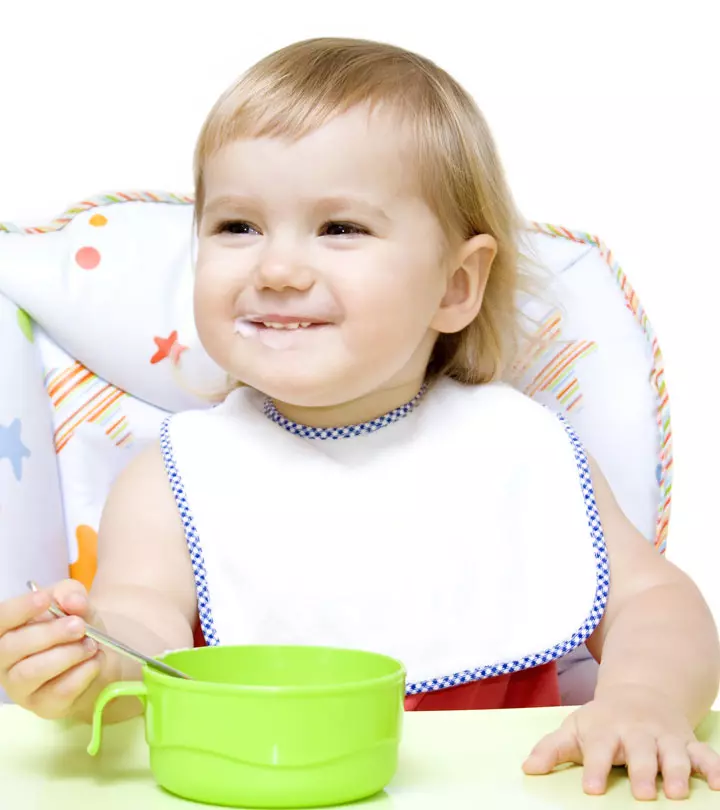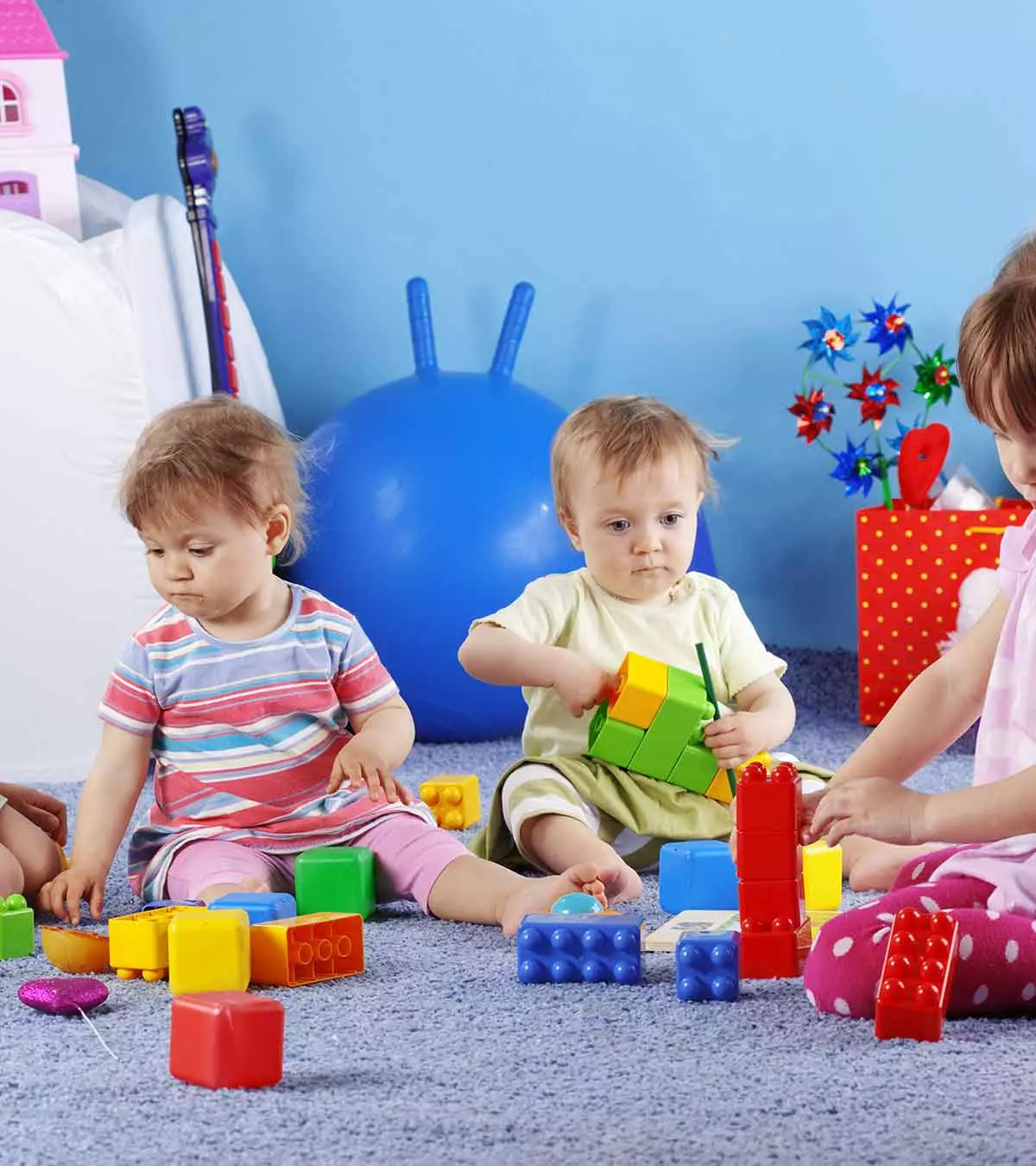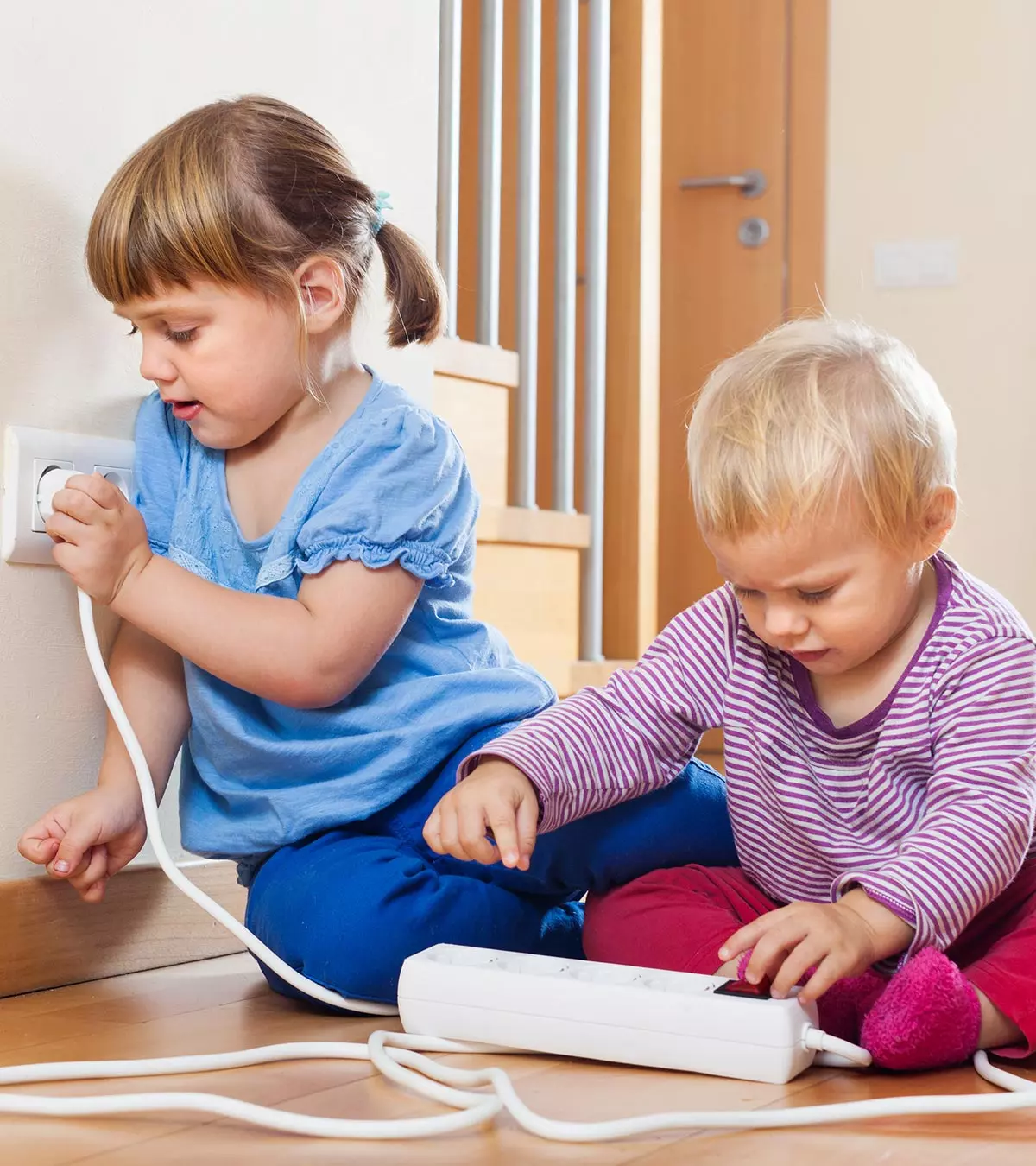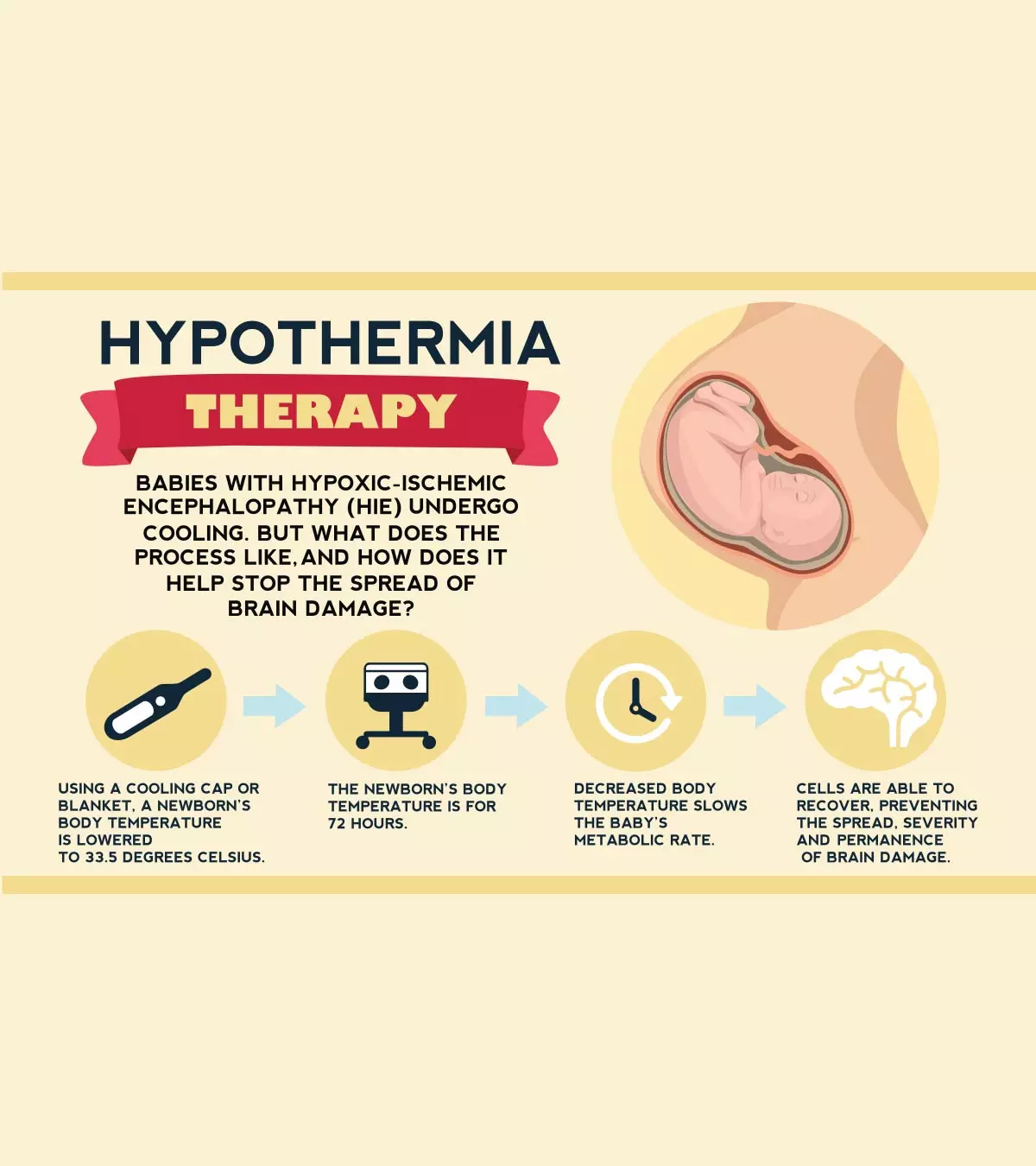MD

Dr. Misha Yajnik is an American Board Certified general pediatrician practicing in the US. She did her undergraduate studies at Youngstown State University in Ohio and obtained her MD degree from Ross University School of Medicine in Dominica. With 12 years of experience with children from newborns to adolescents, her special interest lies in helping parents navigate the difficulties of parenting from an emotional and mental side.
Dr. Yajnik believes it takes a village to raise a child and likes to promote mindful living at a young age. She encourages a healthy lifestyle, mental and emotional health. Through her Instagram account, Dr. Yajnik discusses various topics related to emotional wellbeing and conscious parenting. She likes to combat misinformation and promote a healthy life.
MomJunction believes in providing the most accurate content to its readers. Hence we get our articles reviewed by highly skilled experts in the relevant fields. The articles are reviewed to ensure their authenticity, factual correctness, and relevance. The board members also add inputs drawn from their years of experience. Learn more about our medical review board.


